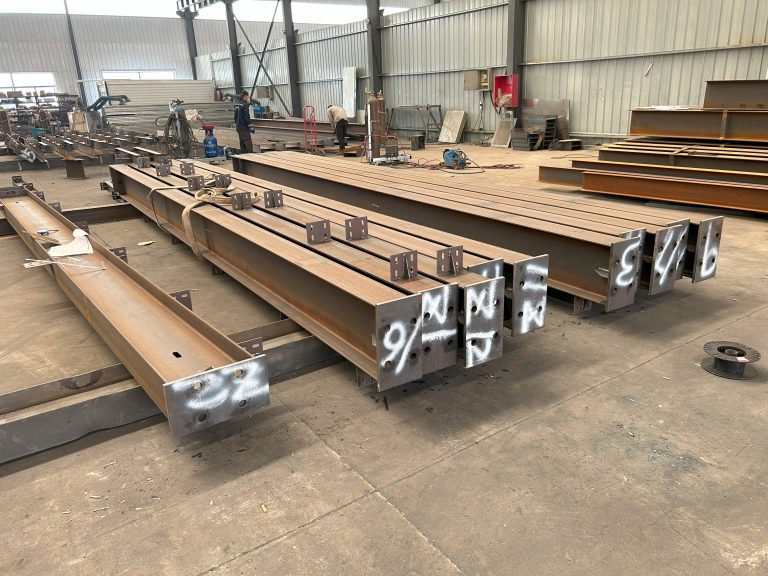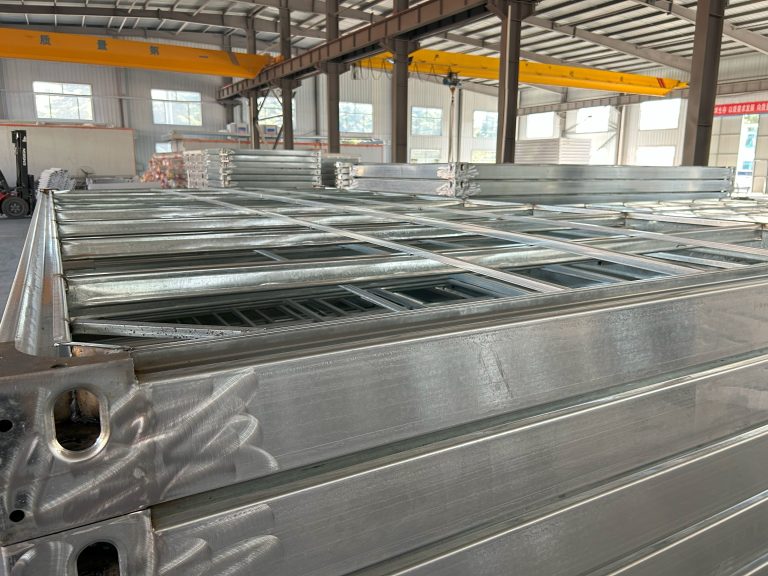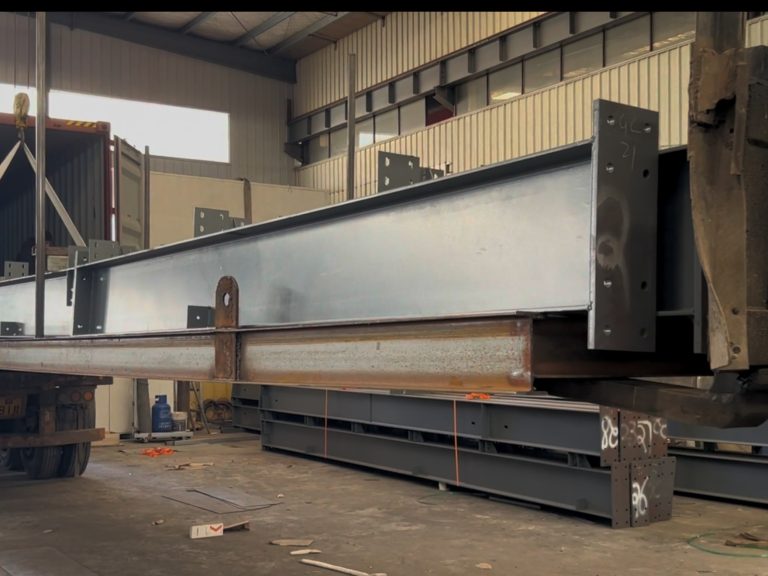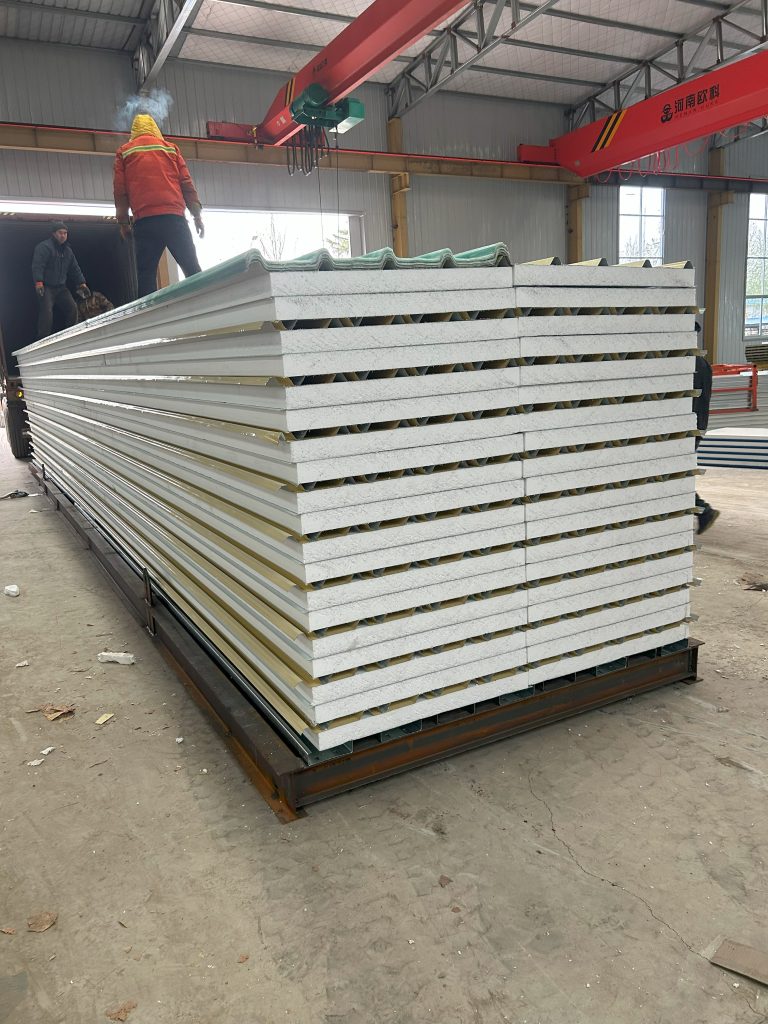The combination of bearing capacity and aesthetics of steel structure building
Table of Contents
Benefits of Incorporating Aesthetics into Steel Structure Building Designs
Steel structure buildings have long been favored for their durability, strength, and cost-effectiveness. However, in recent years, there has been a growing emphasis on incorporating aesthetics into the design of steel structures. This trend is driven by the recognition that the visual appeal of a building can have a significant impact on its overall value and functionality.
One of the key benefits of incorporating aesthetics into steel structure building designs is the ability to create a more visually appealing and inviting space. By carefully selecting materials, colors, and finishes, architects and designers can enhance the overall look and feel of a steel structure building, making it more attractive to occupants and visitors alike.
In addition to enhancing the visual appeal of a building, incorporating aesthetics into steel structure designs can also have a positive impact on its functionality. For example, the use of natural light and ventilation can help to create a more comfortable and energy-efficient environment, while the strategic placement of windows and doors can improve the flow of traffic and enhance the overall user experience.
Another important consideration when designing a steel structure building is its bearing capacity. Bearing capacity refers to the ability of a structure to support the loads placed upon it, including the weight of the building itself, as well as any additional loads such as furniture, equipment, or people. In order to ensure that a steel structure building is safe and stable, it is essential to carefully calculate and design for its bearing capacity.
When it comes to bearing capacity, steel structure buildings have a number of advantages over other types of construction. Steel is an incredibly strong and durable material, with a high strength-to-weight ratio that allows for the creation of large, open spaces without the need for additional support columns or walls. This not only enhances the aesthetic appeal of a building but also allows for greater flexibility in design and layout.
Incorporating aesthetics into steel structure building designs can also have a positive impact on its bearing capacity. By carefully selecting materials and finishes that are both visually appealing and structurally sound, architects and designers can create a building that is not only safe and stable but also beautiful and inviting. This combination of form and function is essential for creating a successful steel structure building that meets the needs of its occupants while also enhancing the overall value of the property.
In conclusion, the combination of bearing capacity and aesthetics is essential for creating successful steel structure building designs. By carefully considering both the structural requirements of the building and its visual appeal, architects and designers can create buildings that are not only safe and stable but also beautiful and inviting. This approach not only enhances the overall value and functionality of a building but also creates a more enjoyable and comfortable environment for its occupants. By incorporating aesthetics into steel structure building designs, architects and designers can create buildings that are both visually stunning and structurally sound, setting a new standard for modern construction.
Maximizing Bearing Capacity in Steel Structure Buildings through Innovative Design Techniques
Steel structure buildings have become increasingly popular in the construction industry due to their durability, strength, and versatility. One of the key factors that contribute to the success of steel structure buildings is their high bearing capacity. The ability of a structure to support heavy loads is crucial for its safety and longevity. In this article, we will explore how innovative design techniques can be used to maximize the bearing capacity of steel structure buildings while also enhancing their aesthetics.
One of the most important considerations when designing a steel structure building is the selection of the appropriate materials. High-strength steel is commonly used in the construction of steel buildings because of its superior strength and durability. By using high-strength steel, designers can create structures that are capable of supporting heavy loads without the need for excessive reinforcement.
In addition to selecting the right materials, designers can also maximize the bearing capacity of steel structure buildings by optimizing the structural layout. By carefully designing the layout of beams, columns, and other structural elements, designers can ensure that the load is distributed evenly throughout the building. This not only improves the overall stability of the structure but also helps to prevent localized stress concentrations that can lead to structural failure.
Another important factor to consider when maximizing the bearing capacity of steel structure buildings is the use of innovative construction techniques. Advanced welding and fabrication methods can be used to create connections between structural elements that are stronger and more durable than traditional methods. By using these techniques, designers can create buildings that are capable of withstanding even the most extreme loads.
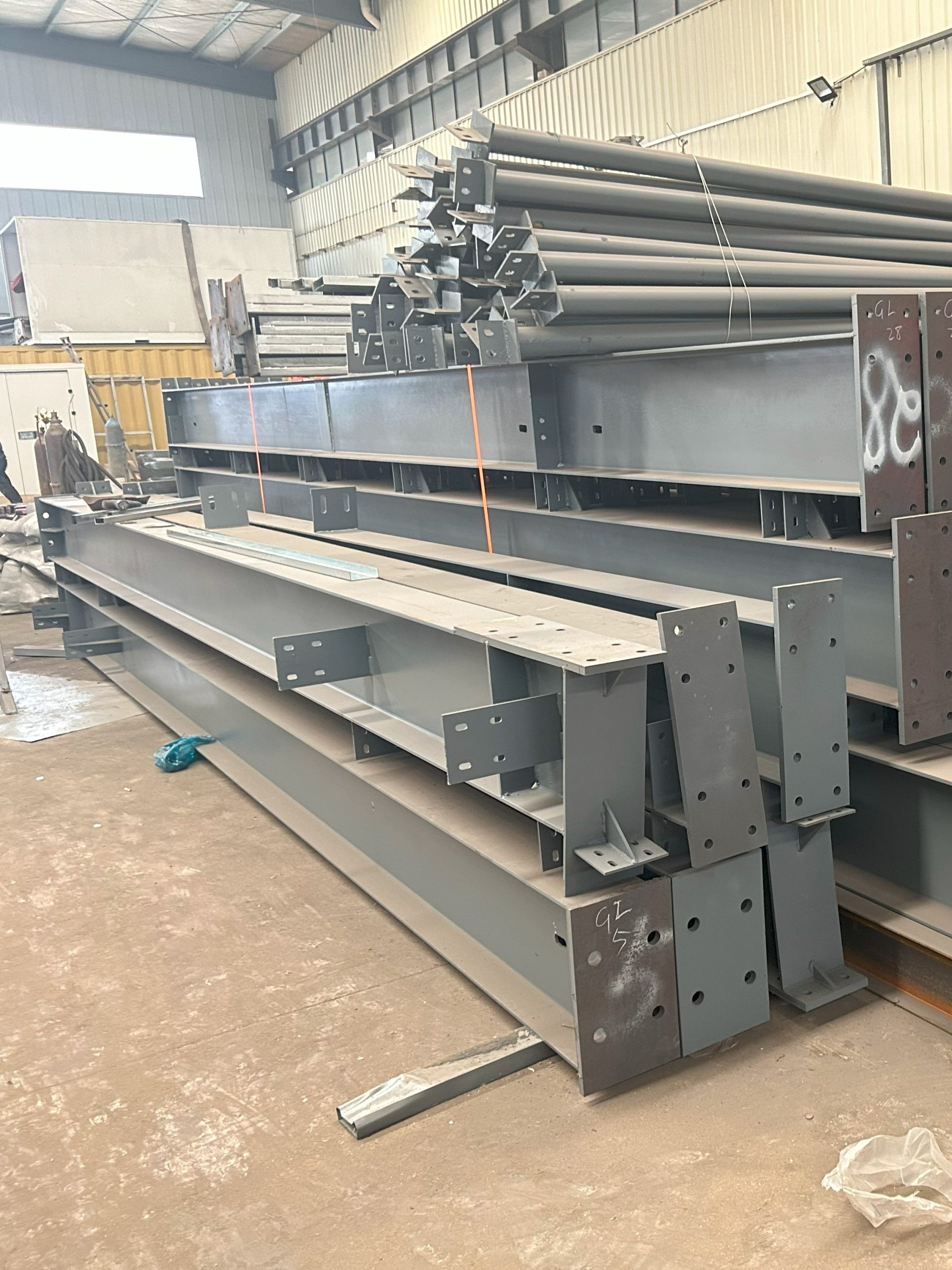
In addition to maximizing bearing capacity, designers also need to consider the aesthetics of steel structure buildings. While strength and durability are important, the visual appeal of a building is also crucial. By incorporating innovative design elements, such as curved beams, cantilevered structures, and exposed steel elements, designers can create buildings that are not only strong but also visually striking.
One example of a steel structure building that successfully combines high bearing capacity with aesthetics is the Burj Khalifa in Dubai. This iconic skyscraper is not only the tallest building in the world but also a stunning example of innovative design. The use of high-strength steel and advanced construction techniques allowed designers to create a building that is not only capable of supporting its immense height but also visually striking.
In conclusion, the combination of bearing capacity and aesthetics is crucial when designing steel structure buildings. By using high-strength materials, optimizing the structural layout, and incorporating innovative construction techniques, designers can create buildings that are not only strong and durable but also visually appealing. The success of buildings like the Burj Khalifa demonstrates that it is possible to achieve both high bearing capacity and aesthetics in steel structure buildings through innovative design techniques.


